Among its many treasures, the Sacred Cenote stands out as a remarkable testament to the Mayan civilization. This article aims to unravel the mysteries surrounding Chichen Itza's Sacred Cenote, shedding light on its significance, exploration, and the legends that surround it.
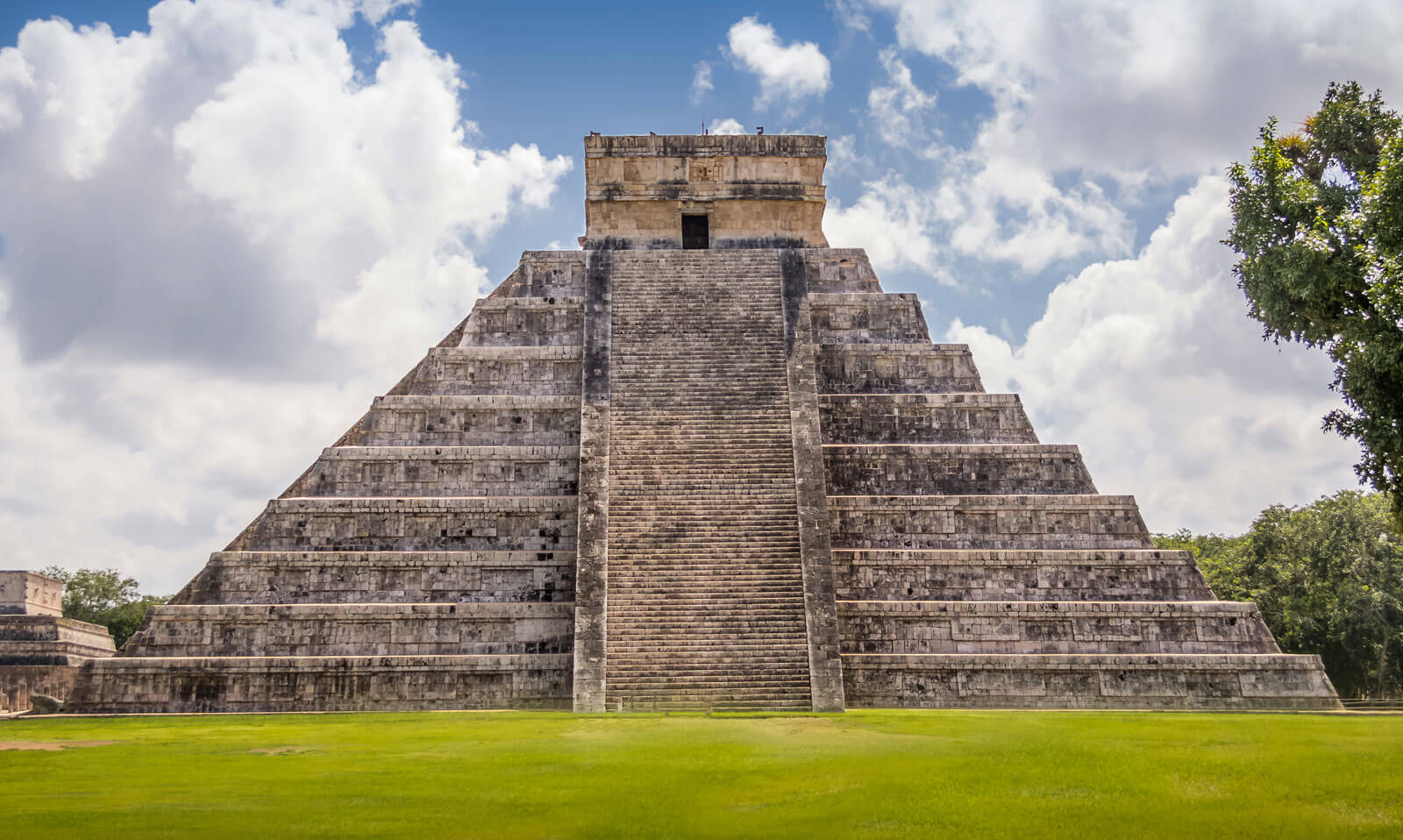
Chichen Itza was one of the largest and most influential Mayan cities, thriving between the 9th and 13th centuries CE. It served as a political, economic, and religious center, attracting pilgrims from all corners of the Mayan world. The city's architectural brilliance and advanced astronomical knowledge showcase the exceptional achievements of the Mayan civilization.
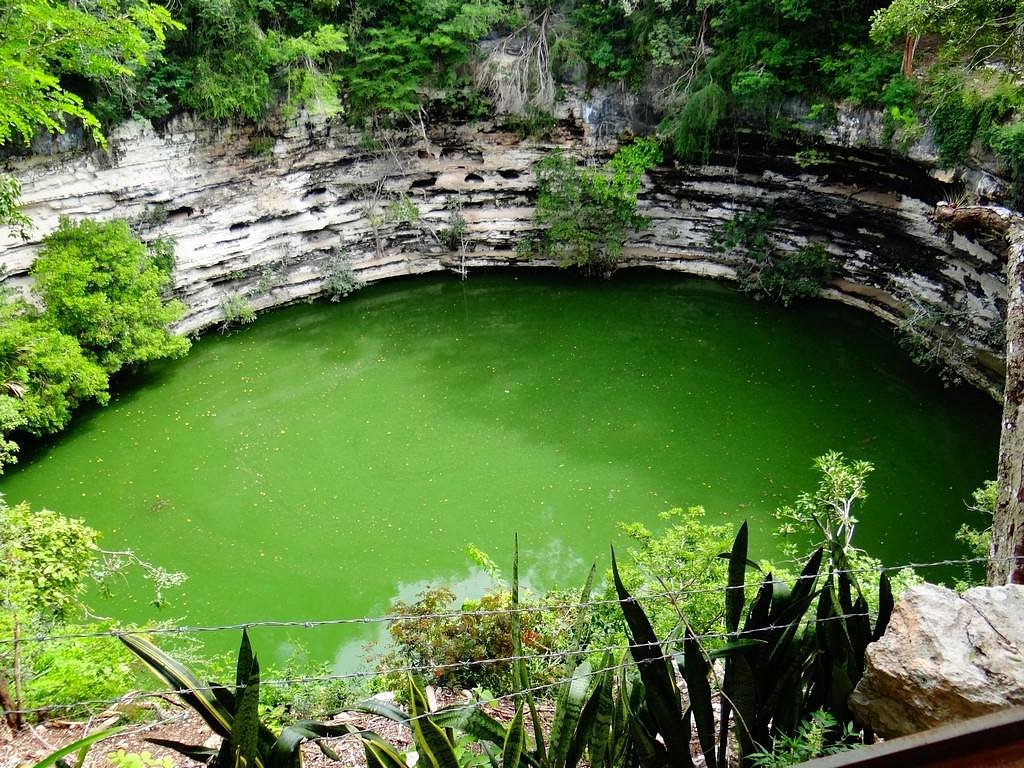
The Sacred Cenote, also known as the "Well of Sacrifice," holds immense cultural and historical importance. It is a natural sinkhole believed to have formed millions of years ago when the Yucatan Peninsula was shaped by the collapse of limestone bedrock. The Mayans regarded it as a portal to the underworld and a sacred place for rituals and offerings.
The geological formation of the Sacred Cenote is a result of the region's unique karst topography. Rainwater filters through the porous limestone, creating underground rivers and caves. Over time, the roofs of these caves collapse, forming cenotes. The cenotes were essential water sources for the Mayans, who considered them sacred and believed they connected the human world with the divine.
The Sacred Cenote served as a site for various rituals and offerings. It was believed to be a gateway to communicate with the gods. The Mayans conducted ceremonies and sacrifices, often involving valuable objects, animals, and even humans. These offerings were made to appease the gods, seek fertility, and ensure prosperity for the community.
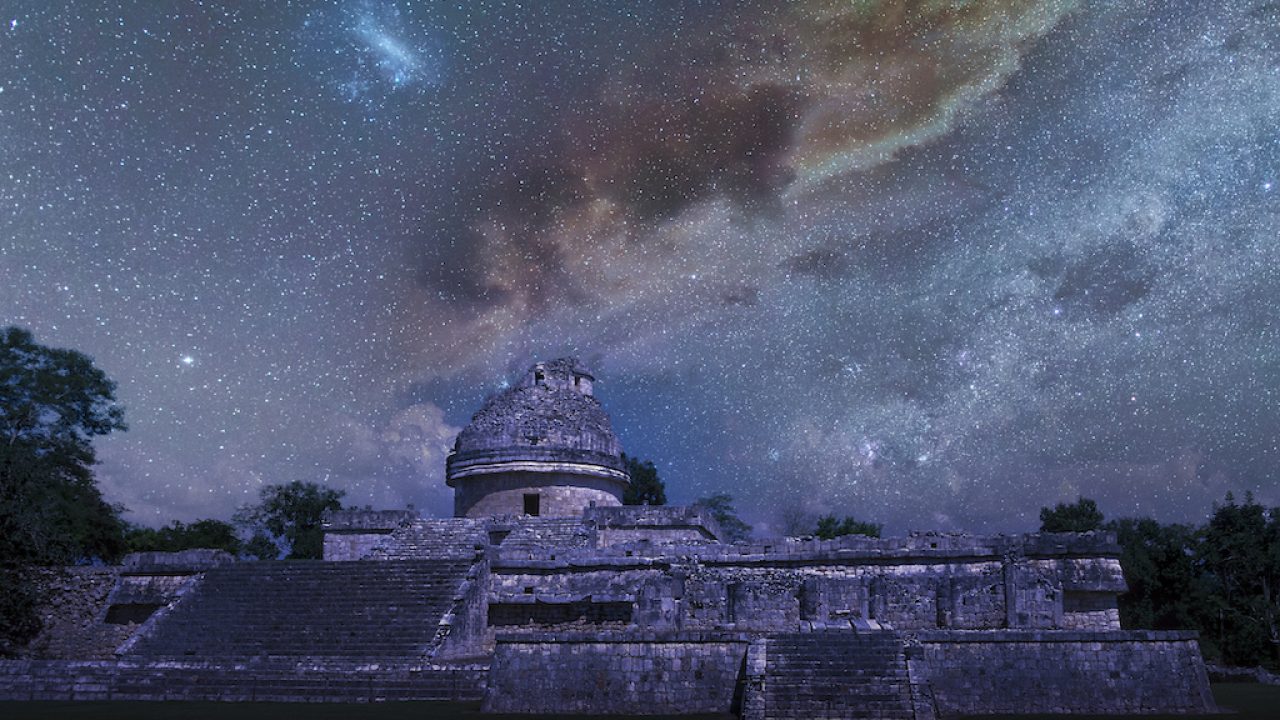
Chichen Itza boasts remarkable architectural achievements that blend Mayan and Toltec influences. The following structures showcase the city's grandeur and reflect its complex cosmology:
El Castillo, also known as the Temple of Kukulcan, is the iconic pyramid at Chichen Itza. It is a monumental structure with four sides, each containing 91 steps, totaling 365 steps in all, representing the Mayan solar calendar. During the spring and autumn equinoxes, a fascinating phenomenon occurs when the setting sun casts shadows on the pyramid, creating the illusion of a serpent descending the staircase—a tribute to the feathered serpent deity Kukulcan.
The Temple of the Warriors is an intricately designed structure adorned with stone carvings and statues. It served as a place of worship and ceremonial gatherings. The temple is surrounded by a square-shaped columned arcade, known as the "Thousand Columns," which contains various relief carvings depicting warriors, gods, and sacred animals.
The Great Ball Court at Chichen Itza is the largest and most impressive ball court in Mesoamerica. It spans an area of 166 meters and features high walls adorned with intricate carvings. The court witnessed the ancient Mayan sport known as the Mesoamerican ballgame, a ritualistic event with religious and symbolic significance.
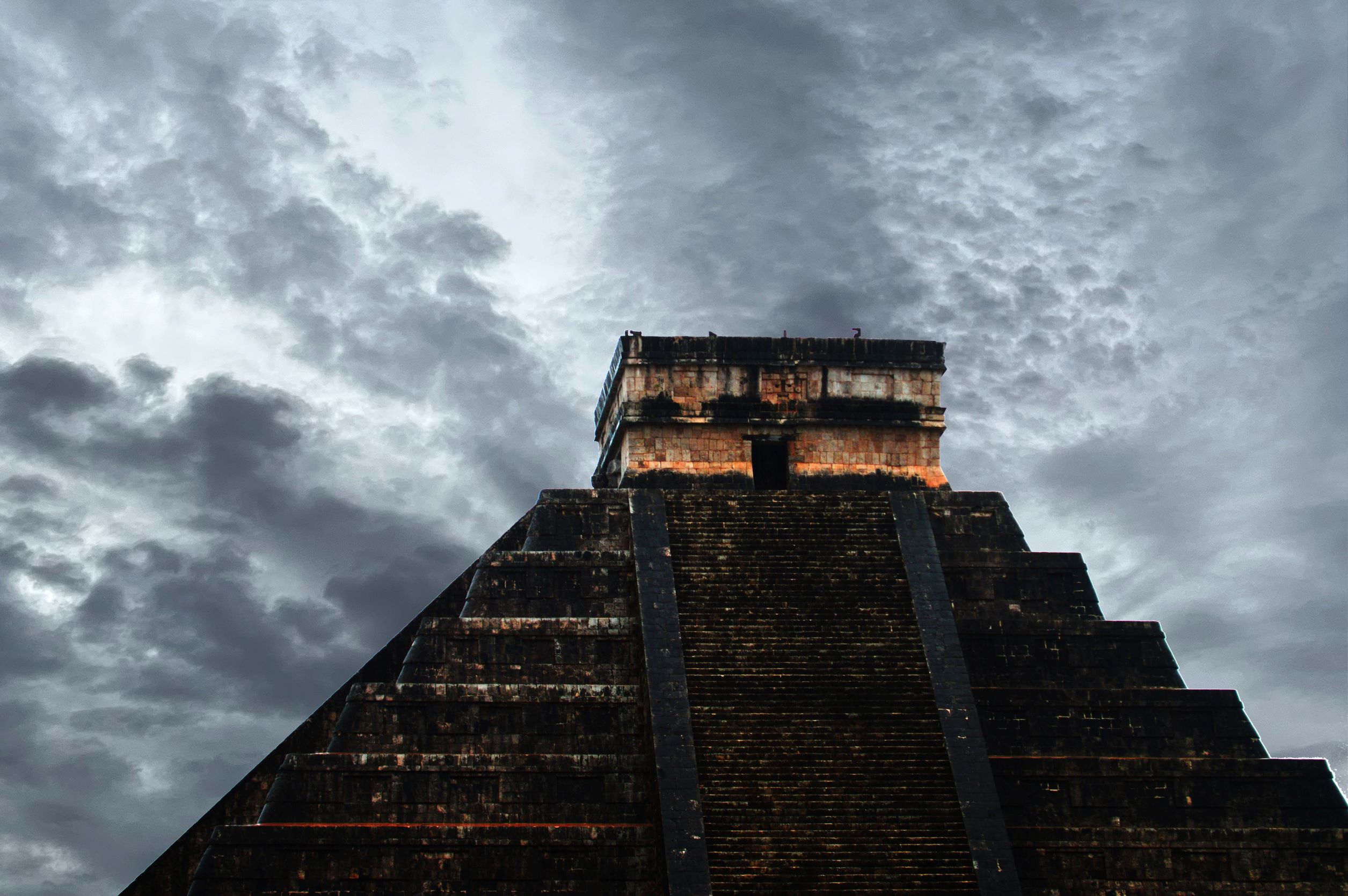
Archaeologists have conducted extensive studies and excavations in and around the Sacred Cenote, unearthing a wealth of artifacts and human remains. These discoveries provide valuable insights into the Mayan civilization's religious practices, social structure, and lifestyle. Offerings such as gold, jade, pottery, and even skeletal remains have been found, indicating the cenote's role as a site of ritual and reverence.
The artifacts recovered from the Sacred Cenote shed light on the complex religious beliefs and customs of the Mayans. They reveal the importance of water and the underworld in their cosmology. The cenote's association with the rain god Chaac further emphasizes the significance of water in agricultural fertility and the Mayan worldview.
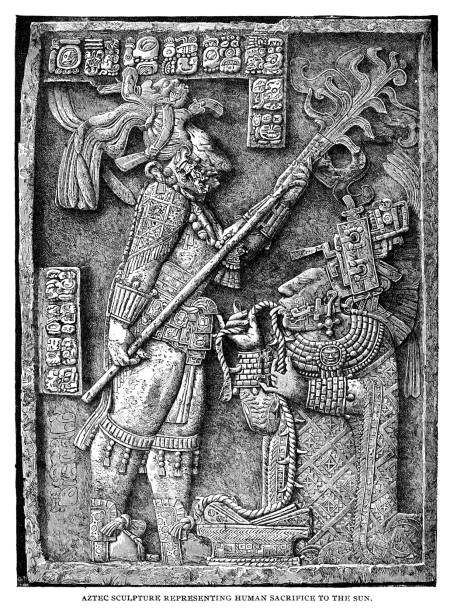
According to Mayan mythology, the Sacred Cenote was considered a gateway to Xibalba, the Mayan underworld. It was believed that by making offerings in the cenote, the Mayans could communicate with the deities of the underworld and seek their favor or guidance.
One of the enduring legends surrounding the Sacred Cenote is the practice of human sacrifice. It is believed that individuals, including prisoners of war and even children, were offered sacrifices to appease the gods. The cenote's watery depths were seen as a place of purification and rebirth, where the sacrificed souls would journey to the afterlife.
Contrary to its association with death and sacrifice, the Sacred Cenote also symbolizes life and renewal. The Mayans recognized the cenote's role in providing essential water for sustenance and agriculture. They saw it as a place where life could emerge, with its waters representing the life-giving forces of nature.
The preservation of Chichen Itza's Sacred Cenote is of utmost importance to protect this invaluable historical and cultural treasure. Efforts are underway to maintain its ecological balance, prevent pollution, and promote sustainable tourism practices. Visitors are encouraged to respect the site's sacredness and adhere to regulations that ensure the cenote's long-term preservation.
Chichen Itza's Sacred Cenote stands as a testament to the rich history and cultural heritage of the Mayan civilization. It holds within its depths the secrets of ancient rituals, architectural marvels, and the profound beliefs of the Mayans. As visitors explore this sacred site, they are transported back in time, unraveling the mysteries of a bygone era.